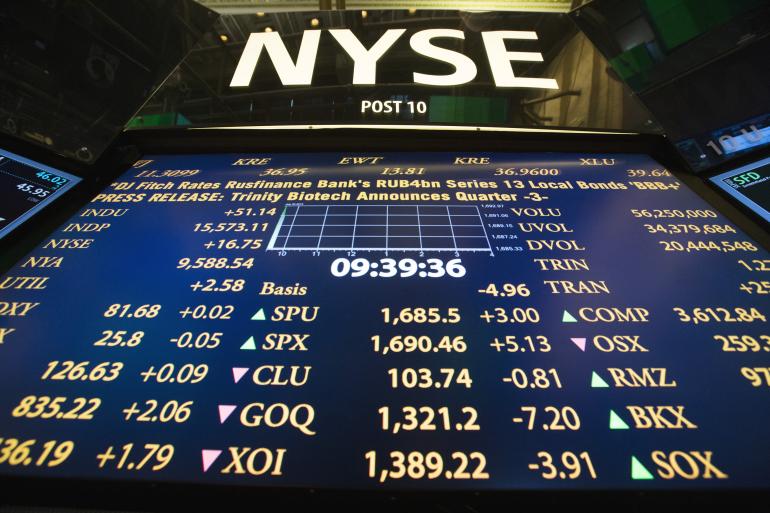
WISDOMTREE- Weekly commentary from Professor Jeremy J. Siegel (06/12/2023) :
While last week was quiet for economic data releases, the S&P 500 entered into a bull market phase on Thursday, defined as 20% move from its low. Saying we are in a bull market makes it seem like the markets are going up. And indeed, once you experience a 20% move, the following year has been above average. But it is also very important to remember in two of the last three bear markets, we had 20% bounces similar to the one we just had, but then hit new lows.
During the great financial crisis in 2008-2009, the market rallied 20% off the low in November 2008 and then plunged to new lows in March of 2009. Similarly, after the dot-com bust in 2000, we rallied about 25% off the lows and then went to a new low right after that. This recent bull market move is no guarantee we are out of the woods from the downturn.
With that caveat, my feeling is that the October low will hold, but I remain cautious and do not think we have the start of a major up move here.
This week we have the important inflation data and the Fed decision. For someone who focuses a lot on the Fed, you’d think the combination of inflation, the Fed decision, and the Fed dot plot would be my prime focus this week. Rather, much more interestingly I will be watching Thursday’s initial jobless claims. Last week we had a considerable move higher in jobless claims—and it does not look like it was caused by similarly fraudulent claims from Massachusetts as the last spike was a few weeks back. Jobless claims are a notoriously volatile indicator. And seasonal adjustments could be responsible for some of the increase this week. It is critical to see how serious of a move we have in this series and if this turns into the downturn everyone has been waiting for.
I believe CPI will come in relatively tame, within +\- one tenth of a percentage point of expectations. We have had a drop in oil prices so headline inflation will look better than core inflation.
I expect the Fed to pause or skip hikes at this week’s meeting, but the headlines are likely to read that there was a hawkish dot plot. During the press conference, Chair Powell will make every effort to say the skip in hikes at this meeting does not mean the Fed is claiming mission accomplished. Hawkish narratives at the conference and dot plot should appease the hawks on his committee who would prefer continued hikes.
Despite Fed funds futures now pricing in near certainty of a hike in July–and no matter what the dot plot reads out or Powell insinuates, I would bet against any future hikes. We’re entering political season and there is already a ton of pressure not to create a deep recession. I expect a shallow recession that the market has arguably already positioned for. The NASDAQ is now selling for 30-times earnings, and the S&P 500 is selling for 20-times earnings. We have small and mid-cap equities selling for 14- and 15-times earnings, with value stocks at heavy discounts, pricing in and largely anticipating a mild recession.
We might not see much of a decline in the stock market even as the labor market deteriorates. The labor market weakening has political implications and would put a lot of pressure on the Fed, which does have a dual mandate to consider employment as well as inflation. That is why I am so focused on jobless claims this week. Is forcing 2 to 3 million workers out of a job worth an additional tick down in inflation? The Federal Reserve will have to keep re-evaluating this tradeoff.
After inflation normalizes, I expect the Fed to consider an increase its inflation target from 2% to 3%. During the heat of the inflation battle itself, it would be politically impossible to give up on its 2% target right now. But there is good theoretical motivation to move the target up from 2 to 3%. A decade ago, the normal and neutral Fed Funds Rate was over 4%, with 2% real economic growth and 2% inflation. A 4% neutral rate gave the Fed ample room to stimulate the economy into a downturn by cutting rates. But with demographic and productivity trends leading to slower growth, a lower neutral rate is warranted, and I think the neutral rate is heading to 2-2.5% or close to zero real. A 3% inflation target gives the Fed more room to cut rates when they need to stimulate the economy.
